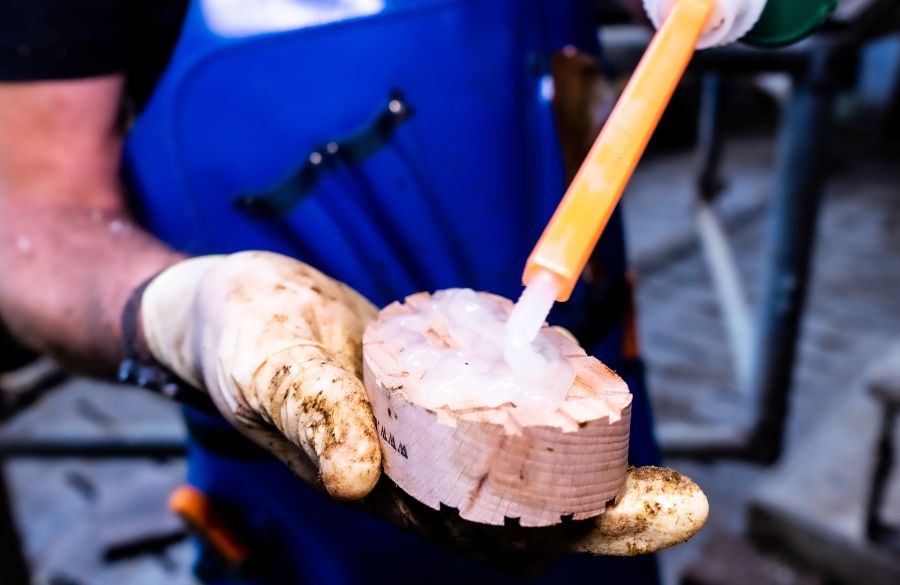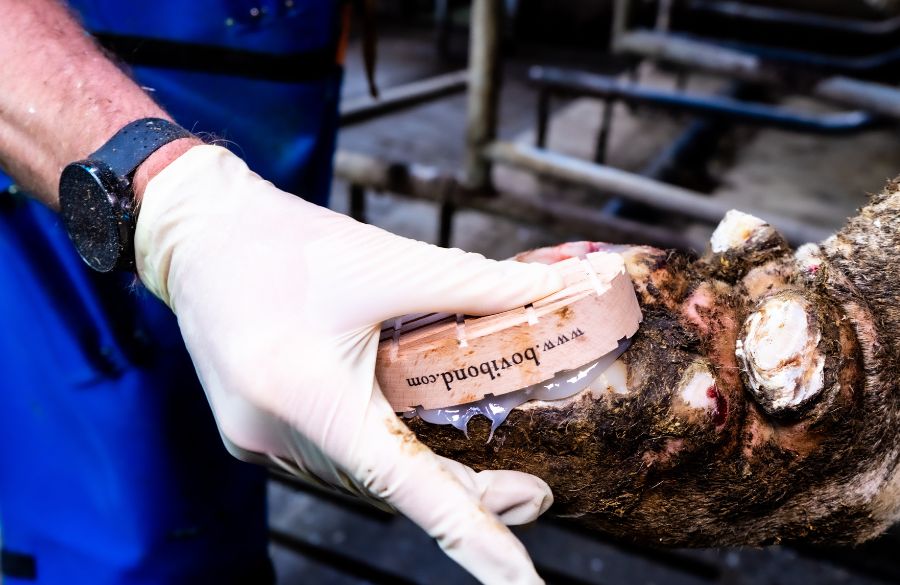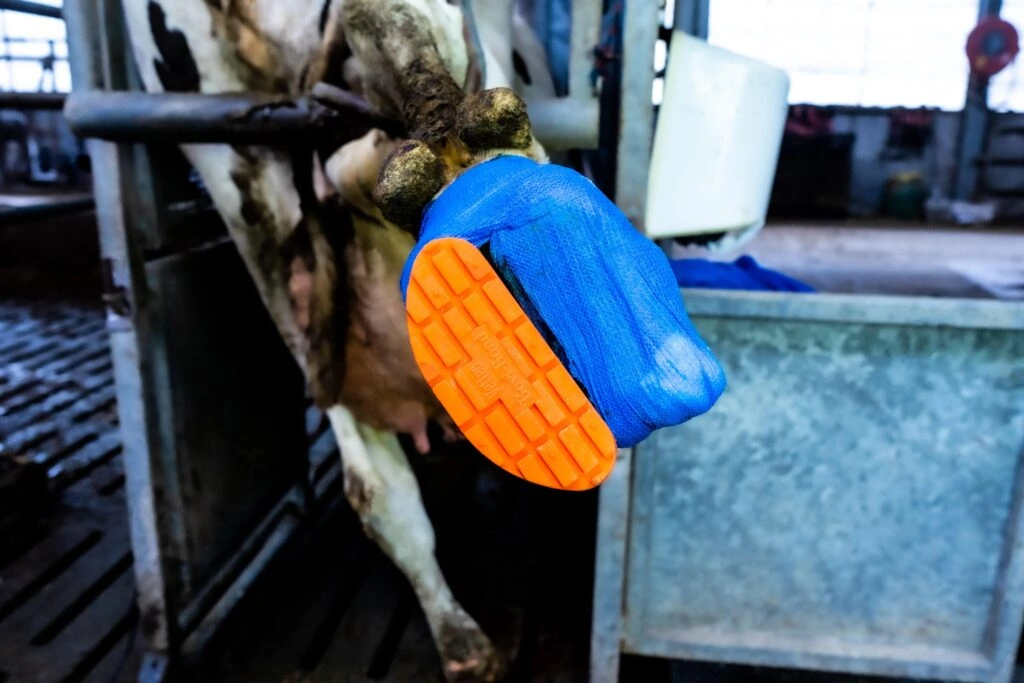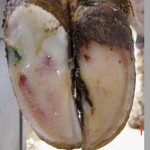
Popular Posts
Recent Posts

Wood or Rubber? Which type of claw block to choose?
Just as your doctor recommends raising your foot after an injury, dairy farmers use claw blocks to combat lameness. Rubber and wooden claw blocks help lift a cow’s claw off the ground after a foot-related injury.
Claw blocks
Blocking is a useful treatment option that uses claw blocks when claws are over-trimmed and for any injured claw. Generally, claw care professionals place wooden or rubber blocks on a healthy claw to raise and restrict the affected claw so that it heals. Thanks to the claw blocks, the cow’s foot heals faster, which in turn has a positive impact on milk production.
Before burning rubber or starting woodwork, it is important for dairy farmers to work with their claw trimmers to consider the benefits of both blocking options for the cows they treat.
The pros and cons of wooden claw blocks
When treating lame cattle, wooden blocks offer protection and comfort at a lower cost. Wood responds well to block adhesive because of its rough surface and can last for three to four weeks.
In general, wooden blocks are cheaper than rubber blocks. Wooden claw blocks, made of pine or hardwood, eventually fall off the claws by themselves. This eliminates the need for the hoof trimmer to come back to remove them from the cow.
Ideal for minor injuries, a wooden block will wear itself off during the healing process and require little to no additional maintenance. However, wooden blocks lack grip and durability, putting cows at greater risk of further injury and stress. Wood also wears down unevenly, which can disrupt an animal’s gait or weight distribution, resulting in persistent lameness.

The pros and cons of rubber claw blocks
When using claw blocks, rubber blocks provide grip and comfort for wet and slippery surfaces. Rubber blocks, made of a durable compound with a unique surface pattern, provide the extra cushioning needed for a cow to feel comfortable during the healing process.
Typically, rubber blocks are more durable than wooden blocks and, on average, rubber blocks stick to claws for more than six weeks after application. However, rubber blocks usually require a hoof care professional to remove them once an injury heals.
This type of block is available in different heights and sizes to support specific claw injuries. Like a flat shoe, a thin rubber block allows a mildly injured bovine to move in an everyday manner because the claw is closer to the ground. While, like a high heel, a thicker rubber block restricts foot movement for more serious injuries. Rubber blocks can be easily trimmed and adjusted to assist a cow’s healing process.

Struggling to decide which type of claw block suits you best? Always check with a claw specialist or vet.


